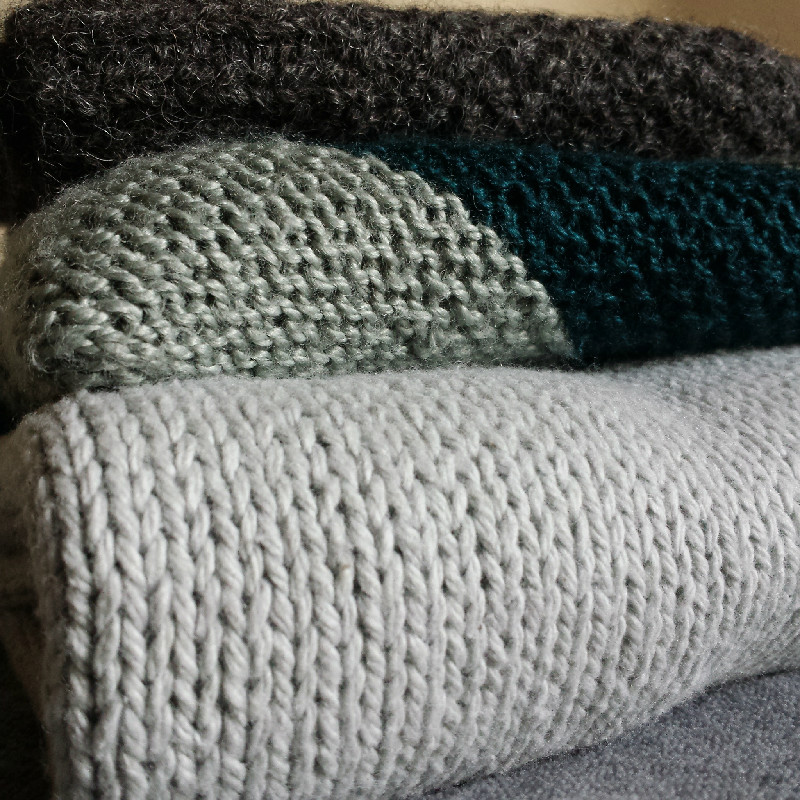Hello!
I'm Rebecca, an avid knitter and gamer. I also dabble in sewing clothes and quilting. I've been knitting for about 5 years, after starting out with crochet and hating knitting with a passion. Now, knitting is one of my favorite activities and provides a nice change of pace from my other tech-based interests. I have taught both my mom and best friend to knit, and I have also done commission work including stuffed toys, a dress, hats, and scarves. About 80% of the things I knit at this point are my own designs.
My goal with this site is to introduce knitting as a craft and teach you the skills needed to knit your first project. I am always encouraging everyone around me to pick it up as a hobby and it really isn't as hard as it might seem! It is a meditative activity that produces something useful in the end. Generally speaking, knitting is a very portable craft so it is a great way to fill in awkward timeslots with something productive, like waiting for class to start. I also use it to keep my hands busy when watching shows or movies, even in a dark theater. Knitting can also be a great social activity, and it is not just for grandmas.
What is knitting?
Knitting is simply creating a series of connected loops in thread/yarn. By manipulating these loops, different patterns and shapes can be created. Knitting is worked in horizontal rows or a spiral of rounds. You can think of a stitch as a cell in a grid of rows and columns. Knitting creates knitted fabric, which stretches easily due to its structure, and it is used for all kinds of applications beyond sweaters and socks. You can knit just about anything. It is a very old craft, and in many cases has an intimate connection to certain cultures: Shetland, Iceland, and Norway are just a few examples. Knitting kind of blurs the line between art and craft.

Although you can find yarn made from just about anything, sheep's wool is still a mainstay. Not all wools are created equal and fiber properties vary between sheep breeds. Alpacas, the smaller and nicer cousin of the llama, are also common fiber animals that produce soft and airy fiber. I personally avoid artificial fibers, especially acrylic, but that certainly doesn't mean you need to. My favorite non-animal fibers are bamboo and silk, which usually are blended in with other fibers. Yarn can get very expensive, especially when you are knitting larger pieces. Don't let that dissuade you though! It doesn't need to be an expensive hobby, and there certainly are affordable, nice yarns. Also remember that if you take care of your knits, they can last a long time and become heirloom pieces.
All you need to knit are yarn and needles, yet stitch markers, measuring tapes, and project bags are some welcome additions to any knitter’s arsenal. My basic suggestion for your first project is to start with either DK or worsted weight yarn, just because they aren't big enough to be unwieldy but knitting something like a hat still will not take you all that long. The most important thing is that you can see your stitches, so try and avoid very dark yarns and very fuzzy 'novelty' yarns. However, the best advice I can give is do not be afraid to rip everything out and start over as many times as you need to. That is by far the best piece of information I found early on in my foray into knitting. It may seem insignificant at first, but if you instill that in yourself from the beginning you will be a better knitter. I promise. You will be more likely to go back and fix things (even if it means starting your entire sweater over three times) so that in the end your project is better.

